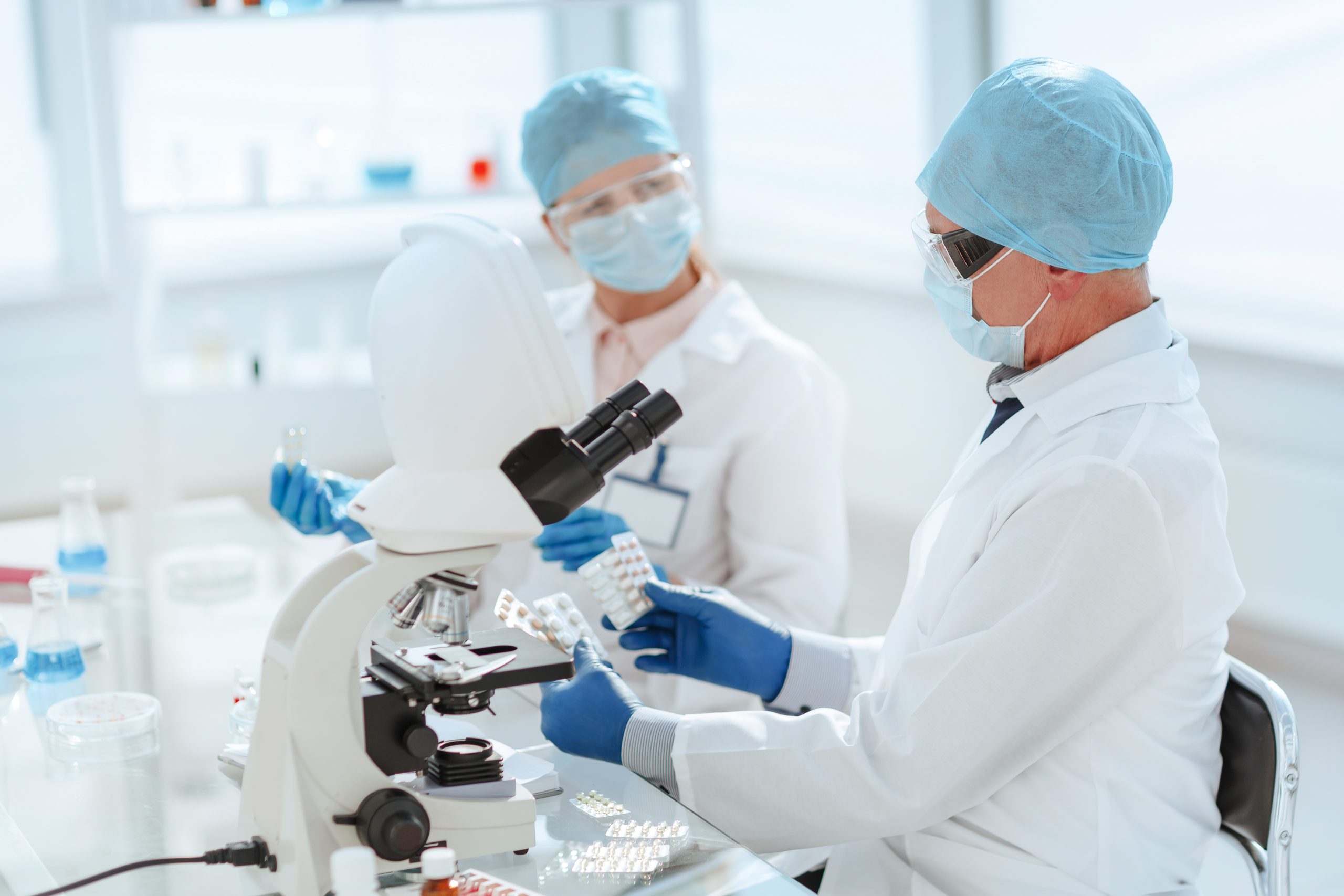Quality control is not simply a formality when it comes to pharmaceutical manufacturing.
In the pharmaceutical industry, the margin for error is incredibly small. Patients, healthcare professionals and regulatory bodies all rely on the integrity of every medicine produced.
This is why the process is taken very seriously across manufacturing, adhering to the standards laid down by regulatory bodies and internal processes to make sure that risks are kept under control and that no unsafe products ever make it to the public.
In this post:
Key Takeaways
Quality control is essential for ensuring patient safety and product effectiveness
It is applied throughout manufacturing, from raw materials to final release
Reagents play a crucial role in delivering accurate, reliable test results
Regulatory compliance depends on rigorous quality control procedures
Why Quality Control Matters in Pharmaceutical Manufacturing
Medicines have a direct impact on health, which means even the smallest inconsistency can have serious consequences.
Incorrect dosage, contamination or variability between batches can lead to health risks, product recalls or legal action, none of which are positive elements for anyone involved.
Quality control in the pharmaceutical industry reduces these risks through systematic testing and robust validation at every stage. According to the UK’s Medicines and Healthcare products Regulatory Agency (MHRA), failures in manufacturing and quality systems were among the top reasons for drug product recalls and regulatory action in 2022 and 2023.
In one example in the US, a widely used blood pressure medication was recalled due to the presence of an unexpected impurity traced back to insufficient raw material testing.
Such events reinforce the critical role of quality control in safeguarding public health, and remind those in the space of the importance of carrying out proper testing protocols.
Beyond safety, quality control also ensures that every batch performs the same way, every time. Consistency in formulation, bioavailability and stability is essential to providing reliable treatment outcomes for patients.

Key Stages Where Quality Control Is Applied
Quality control is not reserved for the final stages of production. It is integrated across the entire manufacturing process to identify and correct issues early, before they can escalate.
Raw Material Testing and Supplier Validation
Quality starts with raw materials. Each ingredient, from the ever present distilled water to the unique elements of each medication, must be tested for identity, purity, strength and microbial limits before use.
This prevents contamination or variability from entering the production line. Supplier validation is also essential, confirming that raw materials come from sources that comply with Good Manufacturing Practice (GMP).
In-Process Testing During Manufacturing
Once production begins, in-process checks help maintain control over key parameters such as pH, viscosity, particle size and tablet compression.
These key steps, part of many chemical bottling processes, allow manufacturers to adjust processes in real time and avoid generating substandard batches, which helps reduce waste and improve efficiency.
Final Product Testing and Batch Release
Before any product reaches the market, it undergoes final quality testing. This may include analysis for content uniformity, dissolution, sterility, stability and other critical attributes.
Only after passing these tests, and after a thorough review of manufacturing records, is a batch approved for release.
Reagents and Their Role in Pharmaceutical Quality Control
High-quality reagents are essential for accurate analytical testing. The reliability of every result depends on the purity and consistency of the chemicals used in the lab.
Analytical Reagents for Accurate Results
Whether it is titration, UV spectroscopy or mass spectrometry, analytical reagents must meet strict standards.
Using low-quality or contaminated reagents can compromise test outcomes, potentially masking issues or giving false confidence in a product’s quality.

HPLC Solvents and Instrumentation Consistency
High Performance Liquid Chromatography (HPLC) is a core technique used across pharmaceutical quality control. Solvents, such as acetone, and mobile phase reagents used must offer high purity, low UV absorbance, and batch-to-batch consistency.
Variability in solvents can lead to inconsistent retention times and unreliable data, which in turn affects decision-making around product safety and efficacy.
Buffer Solutions and Stability Testing
Buffer solutions play an important role in maintaining pH conditions during testing, especially in stability studies. These tests simulate how medicines behave under various environmental conditions over time.
Without reliable buffer systems, the data from these studies may be flawed, putting product shelf-life or patient safety at risk.
Meeting Regulatory Standards and GMP Compliance
Pharmaceutical quality control is governed by strict UK and international regulatory frameworks. The MHRA enforces compliance with GMP through regular inspections and audits of manufacturing sites in the UK and abroad.
Every part of the quality control system must align with these expectations, including test methods, equipment calibration, reagent traceability and documentation.
Companies found to be non-compliant can face product recalls, warning letters, restrictions on manufacturing, or suspension of licences.
For example, in 2023 MHRA inspection trends highlighted data integrity issues and insufficient laboratory controls as common findings during GMP inspections.
For this reason, QC systems must be well-documented, auditable, and supported by high-purity materials that consistently deliver reliable results. This is true no matter if the products are made in-house, or via a contract manufacturer service.

The Future of Quality Control in Pharma: Automation and Data Integrity
As the pharmaceutical sector evolves, so too does the approach to quality control.
Automation is increasingly used to streamline routine testing, reduce human error and speed up results. Instruments that can self-calibrate, monitor environmental conditions and flag deviations in real time are becoming more widespread.
Data integrity is another key area of focus. The MHRA and other regulators require that all data be attributable, legible, contemporaneous, original, and accurate (commonly known as ALCOA+).
This is driving the adoption of electronic lab notebooks, validated software systems and secure digital storage solutions.
Technologies such as machine learning and predictive analytics also hold promise, helping teams to detect trends, prevent failures and improve overall process understanding.
Conclusion
Quality control is the foundation of pharmaceutical manufacturing. It protects patients, ensures product effectiveness and keeps companies compliant with regulatory expectations. Reagents and testing materials are central to this process, helping keep everything up to standard.
















